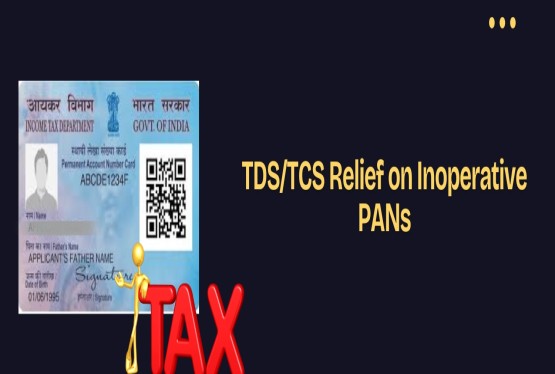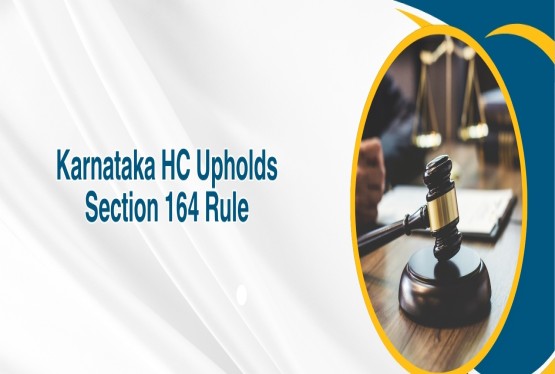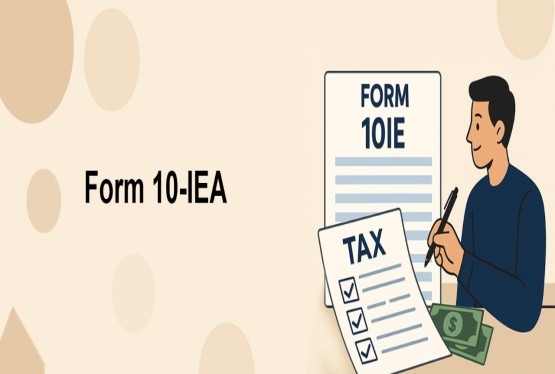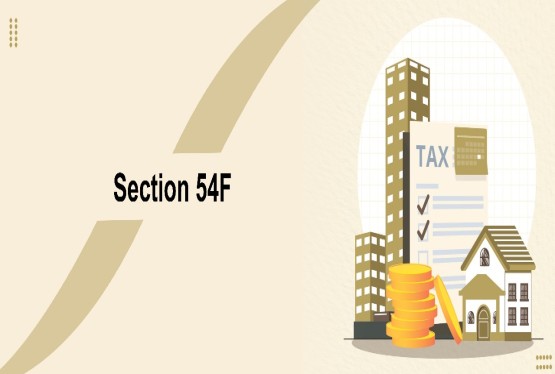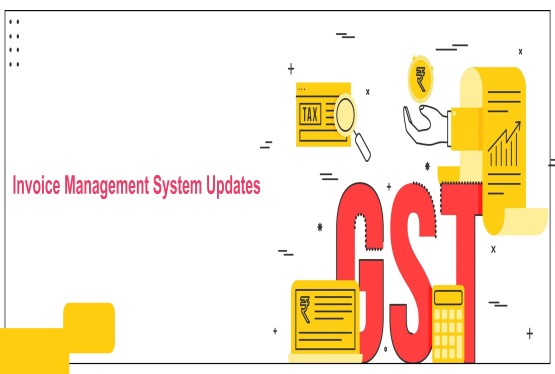A Double Taxation Avoidance Agreement (DTAA), also known as a Double Taxation Avoidance Treaty, is an international accord between two or more countries designed to prevent the same income from being taxed twice. These agreements are important for individuals and entities earning income in foreign nations while residing in their home countries. For instance, India has DTAAs with over 85 nations, enabling residents to benefit from reduced tax burdens on foreign-earned income.
Key Features of DTAA
1. Prevention of Double Taxation: The primary purpose of DTAA is to ensure that the same income is not taxed both in the source and residence countries. This fosters economic cooperation and encourages cross-border trade, investments, and services.
2. Tax Methods:
-Exemption Method: Income is taxed only in the source country or the residence country.
-Tax Credit Method: Taxes paid in the source country are credited against the tax liability in the residence country.
3. Types of Income Covered: DTAAs often encompass various forms of income, including:
-Capital gains
-Income from property
-Salaries
-Professional earnings
-Interest, dividends, and other savings-based income
Objectives and Scope of DTAA
1. Avoidance of Double Taxation: Ensures income is taxed in only one jurisdiction, providing relief to taxpayers.
2. Prevention of Tax Evasion: Includes provisions to curb tax evasion by promoting transparency.
3. Exchange of Information: Facilitates sharing of information between tax authorities of participating countries for better enforcement of tax laws.
4. Complete vs. Limited Coverage:
-Complete DTAAs cover all types of income and capital.
-Limited DTAAs focus on specific income sectors, such as shipping or aviation.
Benefits of DTAA (Double Taxation Avoidance Agreement)
1. Tax Exemptions: Certain types of income, such as capital gains, may be exempt from taxation in one of the countries.
2. Tax Credits: Taxpayers can offset taxes paid in a foreign country against their domestic tax liability.
3. Reduced TDS Rates: Lower Tax Deducted at Source (TDS) rates on income such as interest and dividends.
4. Legal Certainty: Clear guidelines on taxation enhance predictability for businesses and individuals.
5. Tax Refunds: Provides mechanisms for claiming refunds on taxes paid in a source country.
Types of DTAAs
1. Bilateral Treaties: Agreements between two countries tailored to their specific economic and taxation needs.
2. Multilateral Treaties: Agreements involving multiple countries, often part of regional frameworks, to standardize tax rules.
3. Limited Agreements: Cover specific types of income or sectors, such as shipping or aviation.
Simplified Overview of Double Taxation Avoidance Agreement (DTAA) Rates
Double Taxation Avoidance Agreements (DTAAs) are tailored arrangements between two countries, varying by income type and specific provisions. Here’s an outline of common DTAA rates:
-Interest Income: Rates generally range between 7.5% and 15%. For example, the India-US DTAA caps interest income tax at 15%.
-Dividends: These rates fluctuate, often falling between 5% and 15%, influenced by investment type and shareholding percentages.
-Royalties and Technical Service Fees: Most of India’s DTAAs set rates in the range of 10% to 15% for such payments.
-Capital Gains: Taxation on capital gains varies widely. Some agreements exempt these entirely, while others impose reduced tax rates.
Examples of Tax Savings Under Double Taxation Avoidance Agreements (DTAA)
1. Dividends and Interest
An Indian resident earning dividend income from a U.S.-based company would typically face taxation in both the United States and India. However, the India-US DTAA allows the taxpayer to claim credit for taxes paid in the U.S., reducing their overall Indian tax liability. This arrangement ensures significant savings by avoiding double taxation on the same income.
2. Salary Income
Consider an Indian professional employed in the United Kingdom. Without a DTAA, their salary would be taxed in both nations. The India-UK DTAA enables the individual to claim a credit for taxes already paid in the UK, thereby lowering the total tax payable in India.
3. Royalty Payments
Indian companies making royalty payments to foreign entities benefit from reduced withholding tax rates under applicable DTAAs. For instance, the India-Germany DTAA offers a lower withholding tax rate on royalty payments, reducing the financial burden on Indian businesses engaging with German organizations.
Countries with DTAA Agreements with India
India has signed DTAAs with numerous countries to facilitate global trade and investments by mitigating double taxation. The agreements specify reduced withholding tax rates for dividends, interest, royalties, and technical services, which vary by country.
Examples of Withholding Tax Rates (in %):
|
Country |
Dividends |
Interest |
Royalties |
Technical Services |
|
Albania |
10 |
10 |
10 |
10 |
|
Australia |
15 |
15 |
10/15 |
10/15 |
|
Bangladesh |
10/15 |
10 |
10 |
NA |
|
Canada |
15/25 |
15 |
10/20 |
10/20 |
|
Germany |
10 |
10 |
10 |
10 |
|
United States |
15/25 |
10/15 |
10/15 |
10/15 |
|
United Kingdom |
10/15 |
10/15 |
10/15 |
10/15 |
Steps to Claim DTAA Tax Benefits
To avail of tax benefits under DTAA, taxpayers must provide documentation to confirm their eligibility and follow the required procedures:
Documentation Required to Claim DTAA Benefits
1. Tax Residency Certificate (TRC):
-A mandatory document issued by the tax authority in your country of residence to confirm your tax residency status.
-Essential for proving eligibility under the DTAA agreement.
2. Form 10F:
-Must be completed electronically as per the requirements of Indian tax authorities.
-Includes key details such as name, nationality, tax identification number, and residency confirmation.
3. Income Statements and Tax Payment Proofs:
-Demonstrates the income earned and taxes already paid in the source country.
-Helps substantiate claims under DTAA.
4. Identification and Nationality Proof:
-Documents such as a passport or visa to verify your identity and nationality.
Step-by-Step Process to Apply for DTAA Benefits
1. Determine Eligibility:
-Verify if you qualify for DTAA benefits between India and the relevant country.
-Eligibility is typically based on your tax residency status in one of the participating countries.
2. Obtain a Tax Residency Certificate (TRC):
-Request the TRC from the tax authorities in your country of residence.
-This certificate is a critical requirement to claim DTAA benefits.
3. Complete Form 10F:
-Fill out Form 10F electronically, providing details like your name, nationality, tax identification number, and residency confirmation.
4. Gather Necessary Documents:
-Compile all relevant documentation, including income statements, payment proofs, TRC, and identification.
-Ensure accuracy and completeness to avoid delays.
5. Submit Documents:
-Submit Form 10F electronically to the Indian tax authorities, along with the TRC and supporting documents.
-Double-check that all forms are correctly filled out and consistent with your TRC.
6. Monitor Application Status:
-Follow up with the Indian tax authorities to track the progress of your application.
-Be prepared to provide additional details or clarify information if requested.
Conclusion
Double Taxation Avoidance Agreements (DTAAs) are not just intricate tax arrangements but pivotal mechanisms in today’s globalized economy. They facilitate equitable taxation, foster international trade and investment, and offer clarity to individuals and businesses engaged in cross-border activities.
FAQs
1. What are the benefits of a Double Tax Avoidance Agreement?
Ans. A DTAA prevents taxpayers from being taxed on the same income in two countries. It encourages foreign investment by offering tax exemptions or reduced rates, fostering cross-border economic activity and eliminating uncertainties.
2. What is the purpose of a DTAA?
Ans. The primary goal of a DTAA is to provide clarity and fairness in taxation, promote international trade and investment, and prevent tax evasion. It ensures that taxpayers do not face double taxation on the same income in both countries.
3. What are the key functions of a DTAA?
Ans. -Prevents taxpayers from being taxed twice on the same income.
-Provides tax relief by reducing or exempting certain incomes from taxation.
-Mitigates tax avoidance and evasion by establishing clear tax rules.
4. What are the different types of DTAA?
Ans. -Bilateral Treaties: Agreements between two countries to provide tax relief based on mutual terms.
-Exemption Method: The income is taxed only in one country.
-Credit Method: Tax paid in one country can be credited against tax liability in another.
5. What is the tax rate under a DTAA?
Ans. DTAA rates are typically lower than domestic tax rates, offering relief to taxpayers. For example:
-Interest income: Often capped at 15% under a DTAA, compared to a domestic rate of 30%.
-Dividends, royalties, and technical service fees: Rates vary but usually range between 5% and 15% depending on the agreement.
6. How does DTAA help avoid double taxation?
Ans. DTAAs use methods like:
-Exemption Method: Income is taxed in only one country.
-Credit Method: Tax paid in one country is credited against tax liability in the other.
-These mechanisms prevent the same income from being taxed twice.
7. What are the objectives of international taxation?
Ans. -Avoiding double taxation of the same income or profits by two or more countries.
-Promoting equitable allocation of tax rights between source and residence countries.
-Preventing tax evasion and fostering global economic cooperation.
8. How does an LLC avoid double taxation?
Ans. A Limited Liability Company (LLC) avoids double taxation by being treated as a "pass-through" entity. Income earned by the LLC is taxed directly in the hands of its owners, bypassing corporate-level taxation, unlike a C corporation.
9. Why are DTAAs important for cross-border businesses?
Ans. DTAAs provide certainty and fairness in taxation, reduce tax burdens, and encourage cross-border trade and investment. They also help businesses avoid disputes arising from conflicting tax rules in different countries.








_crop10_thumb.jpg)

















































































_for_FY_2025-26_crop10_thumb.jpg)












_learn_crop10_thumb.jpg)








_Filing_Due_Dates_for_FY_2024-25_learn_crop10_thumb.jpeg)
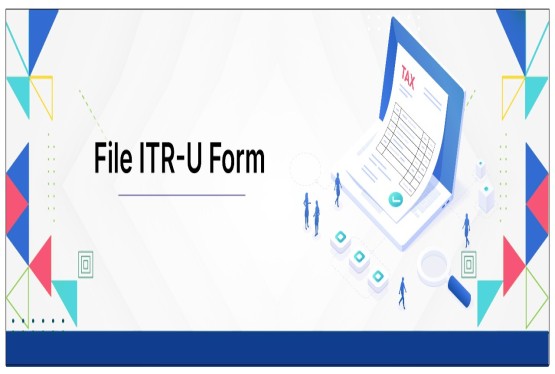

























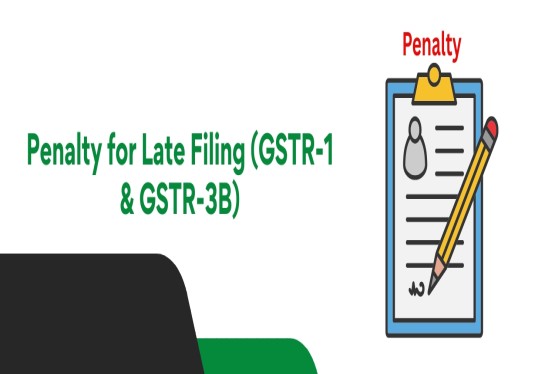












_of_GST_Act_learn_crop10_thumb.jpg)










_Under_GST_learn_crop10_thumb.jpg)









_crop10_thumb.jpg)


_crop10_thumb.jpg)






_learn_crop10_thumb.jpg)






















_of_the_Income_Tax_Act_learn_crop10_thumb.jpg)



_learn_crop10_thumb.jpg)






_learn_crop10_thumb.jpg)






_crop10_thumb.jpg)




















_in_The_Income_Tax_Act,_1961_learn_crop10_thumb.jpg)



_learn_crop10_thumb.jpg)



_of_the_Income_Tax_Act_learn_crop10_thumb.jpg)


_Of_Income_Tax_Act_learn_crop10_thumb.jpg)








_learn_crop10_thumb.jpg)








_learn_crop10_thumb.jpg)
_crop10_thumb.jpg)






















_learn_crop10_thumb.jpg)
_for_Import_and_Export_learn_crop10_thumb.jpg)











